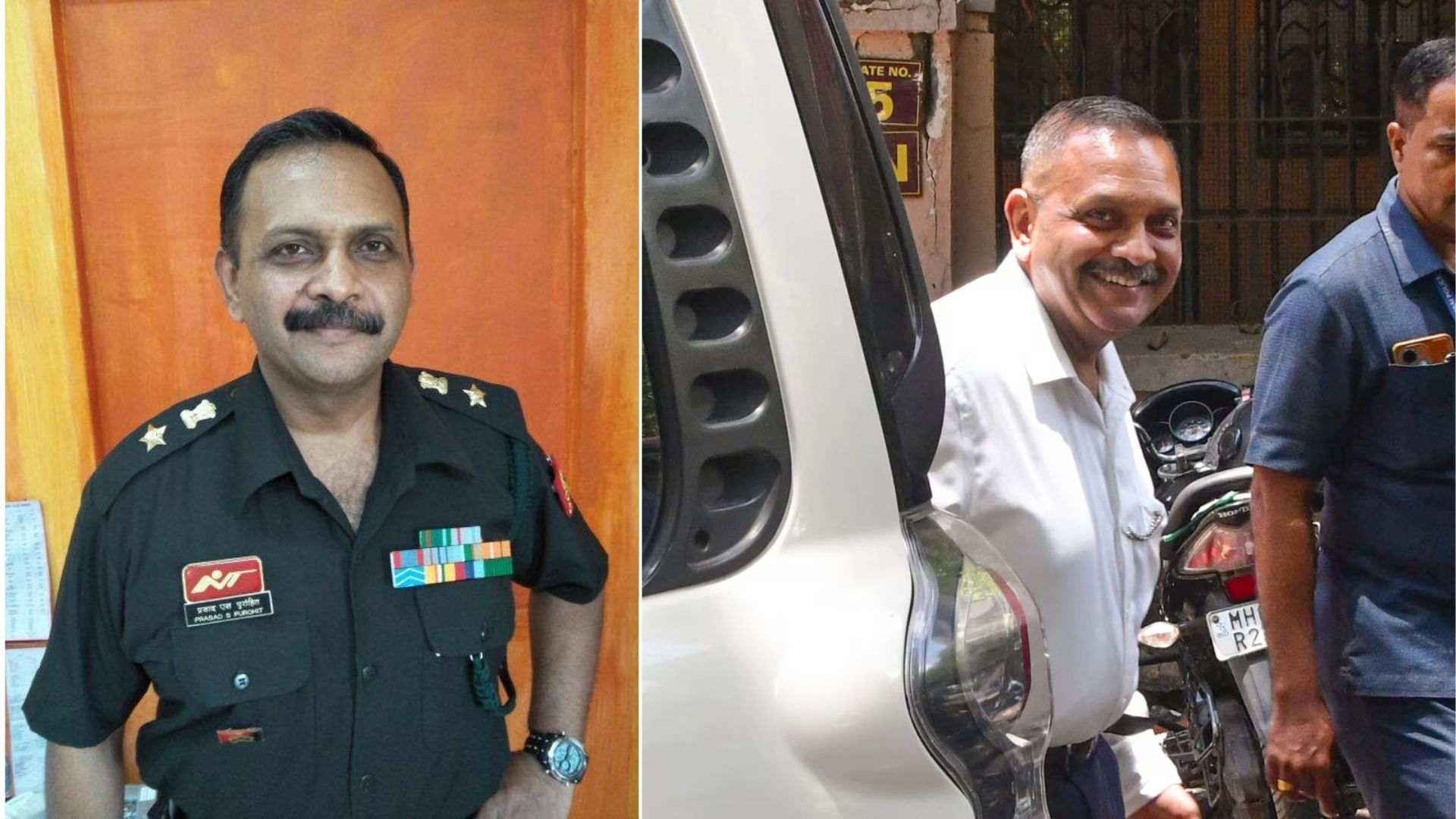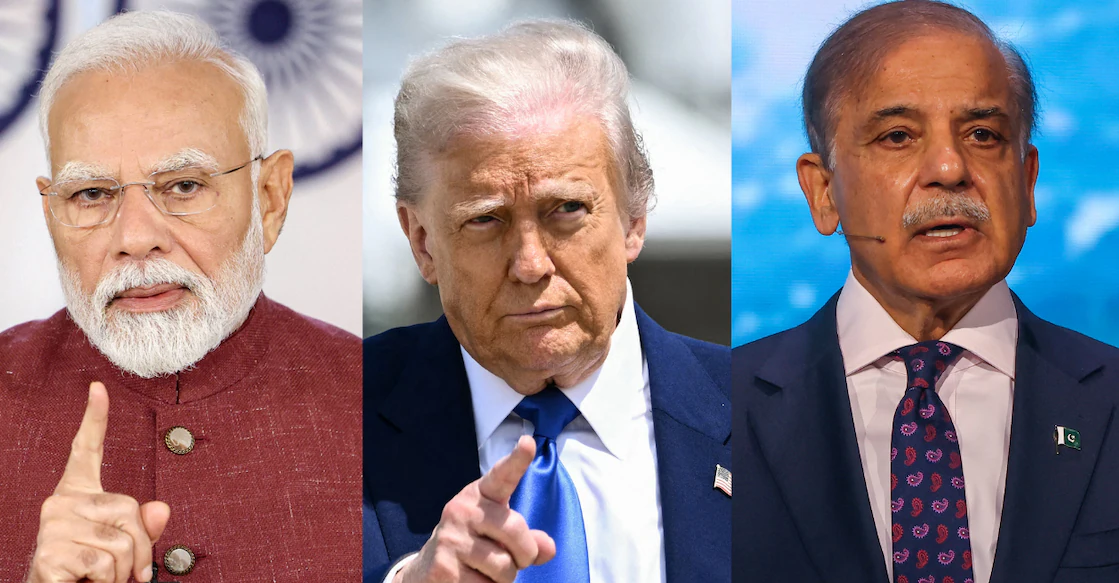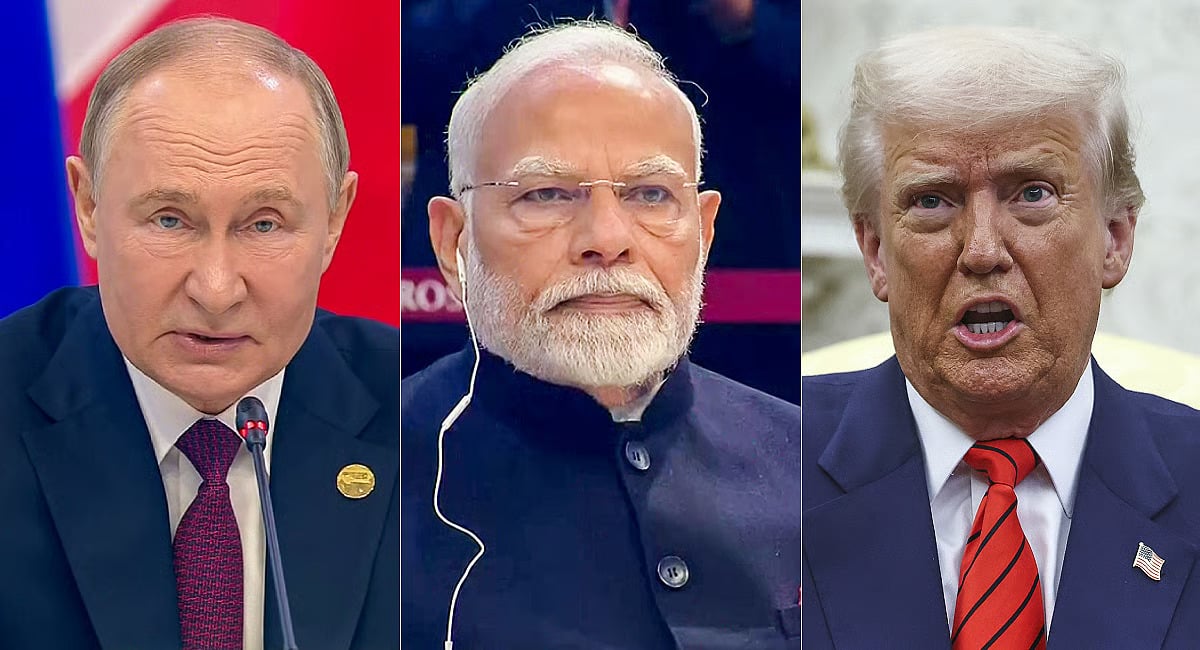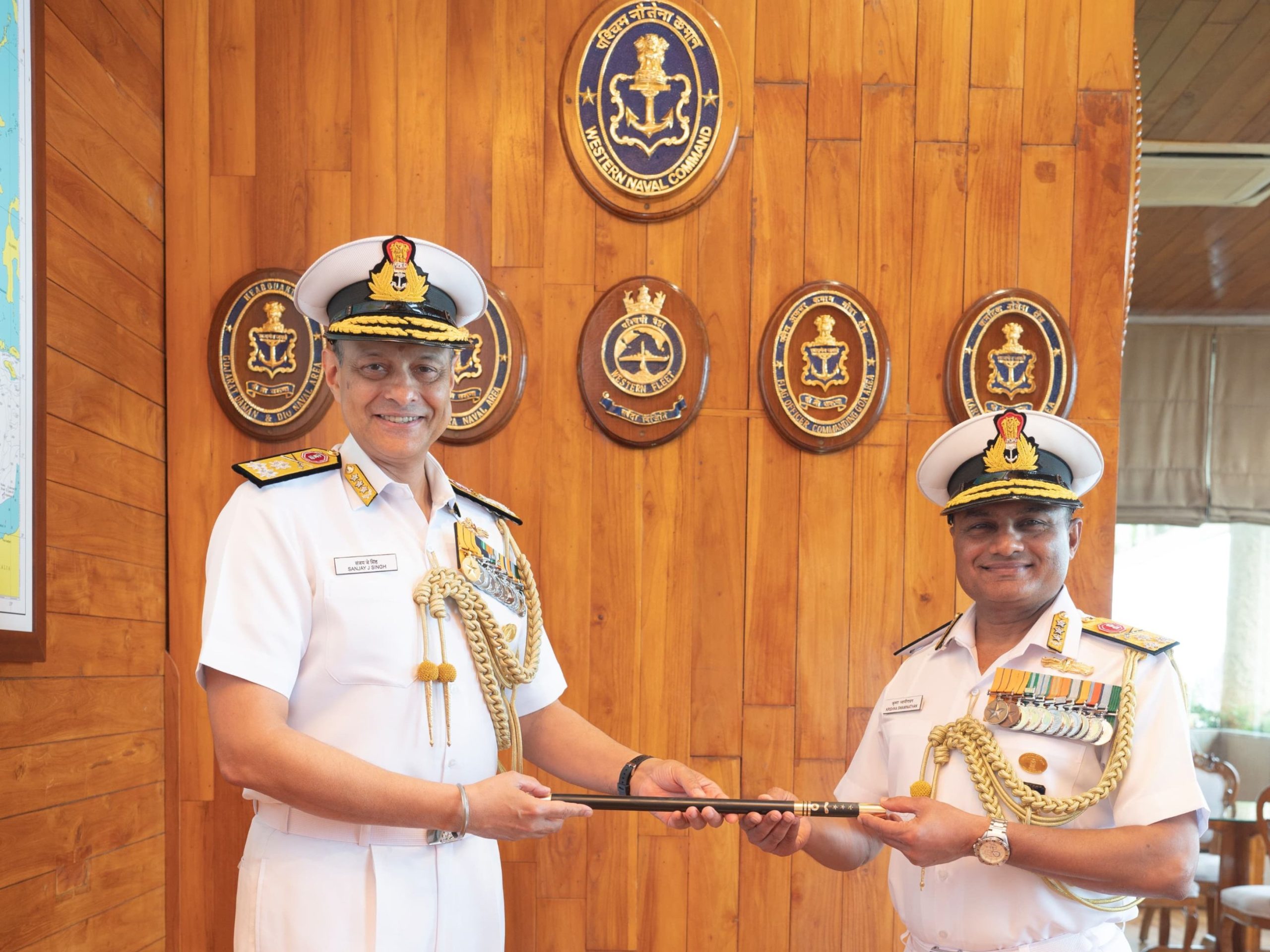“I’m A Soldier Who Loves This Country”: Lt Colonel Purohit Speaks After Acquittal in 2008 Malegaon Blast Case
In a significant judgment, a special National Investigation Agency (NIA) court in Mumbai acquitted Lieutenant Colonel Prasad Shrikant Purohit and…
“Maybe They’ll Sell To India”: Trump Announces Massive Oil Partnership With Pakistan
Just hours after imposing steep tariffs on Indian imports, US President Donald Trump announced a new oil partnership with Pakistan,…
Trump Slams India-Russia Trade Ties, Calls Their Economies ‘Dead’
In a provocative statement on Thursday, US President Donald Trump launched a scathing attack on the growing trade and defence…
Lt Gen Pushpendra Singh Appointed as Next Vice Chief of Army Staff
Lieutenant General Pushpendra Singh has been appointed as the next Vice Chief of the Army Staff (VCOAS), succeeding Lt Gen…
US Navy F-35 Crashes Near Naval Air Station Lemoore, Pilot Ejects Safely
A US Navy F-35C fighter jet crashed Wednesday evening near Naval Air Station Lemoore in central California, according to an…
Meet Vice Admiral Krishna Swaminathan – The New Chief of Western Naval Command
Vice Admiral Krishna Swaminathan has officially assumed charge as the Flag Officer Commanding-in-Chief (FOC-in-C) of the Indian Navy's Western Naval…






